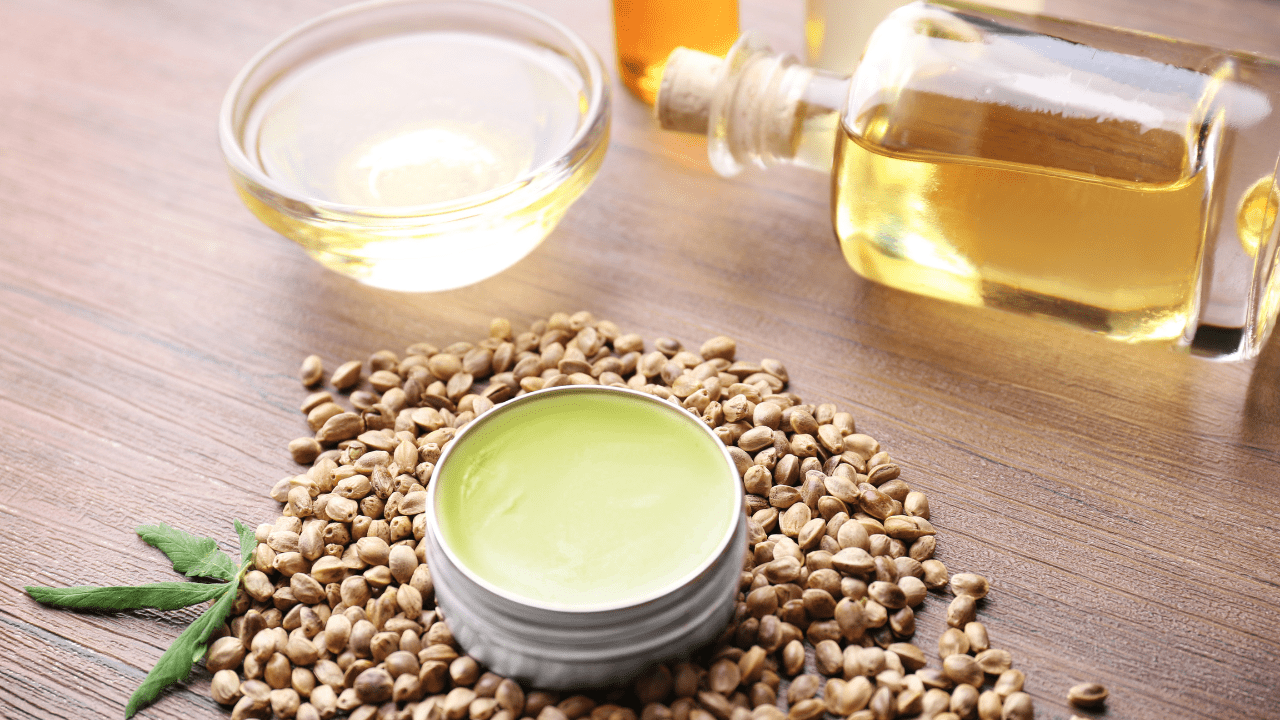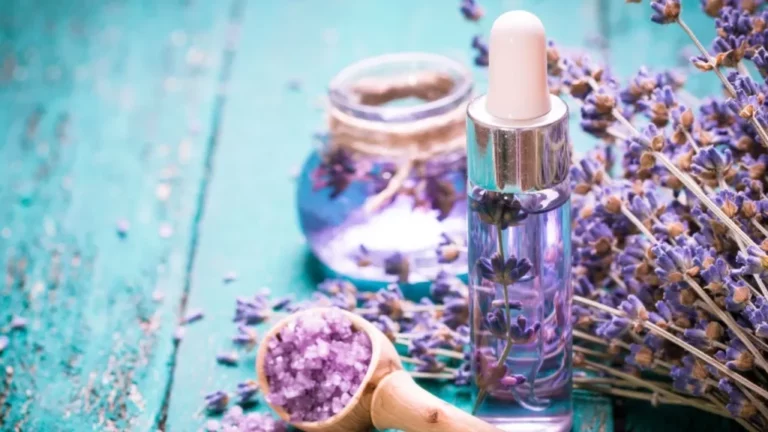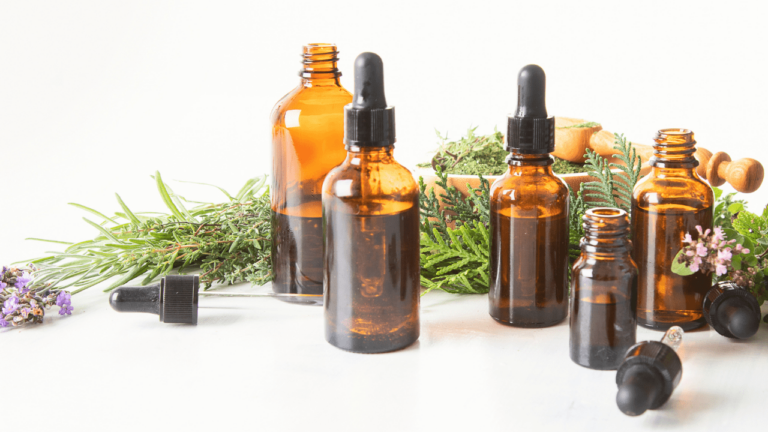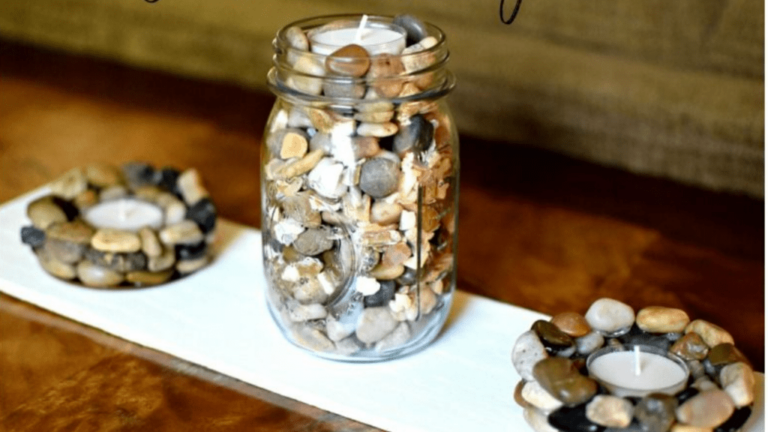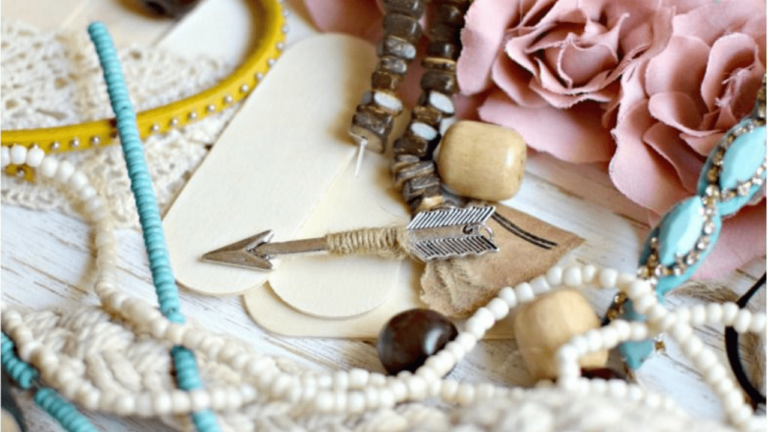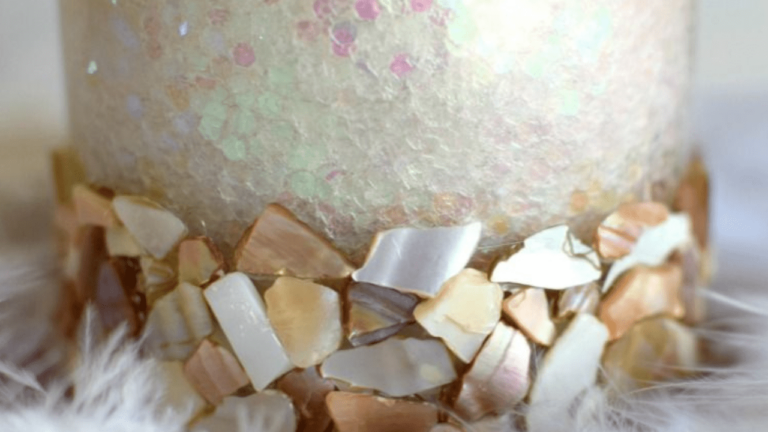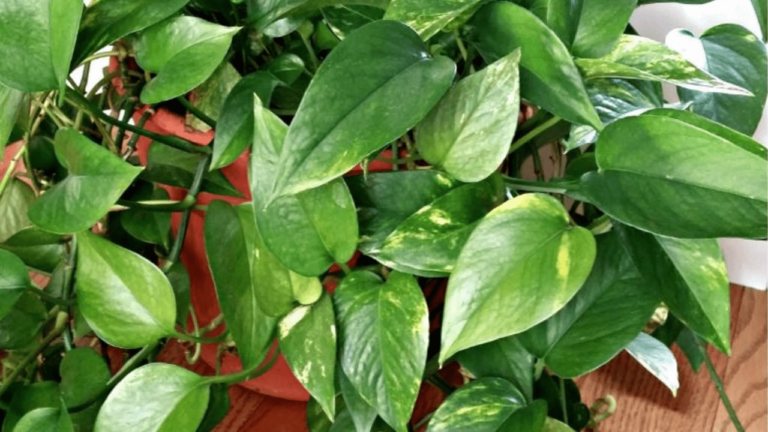How To Make Homemade Lotion With Essential oils: A DIY Guide
Making your Lotion With Essential oils is a breeze, and the results will leave your skin glowing and healthy. You can make your shea butter lotion that won’t break the bank and works wonders on dry skin without leaving any oily residue. This luxurious shea butter lotion can be whipped up in a flash using only a few basic ingredients.
With only a few cents for each application, shea butter lotion is a steal for its numerous positive effects on the skin. The cheapest skincare method is to make your natural cosmetics at home. Your skin will be silky smooth, and you’ll have no doubts about the products’ quality.
Choosing The Correct Essential Oil
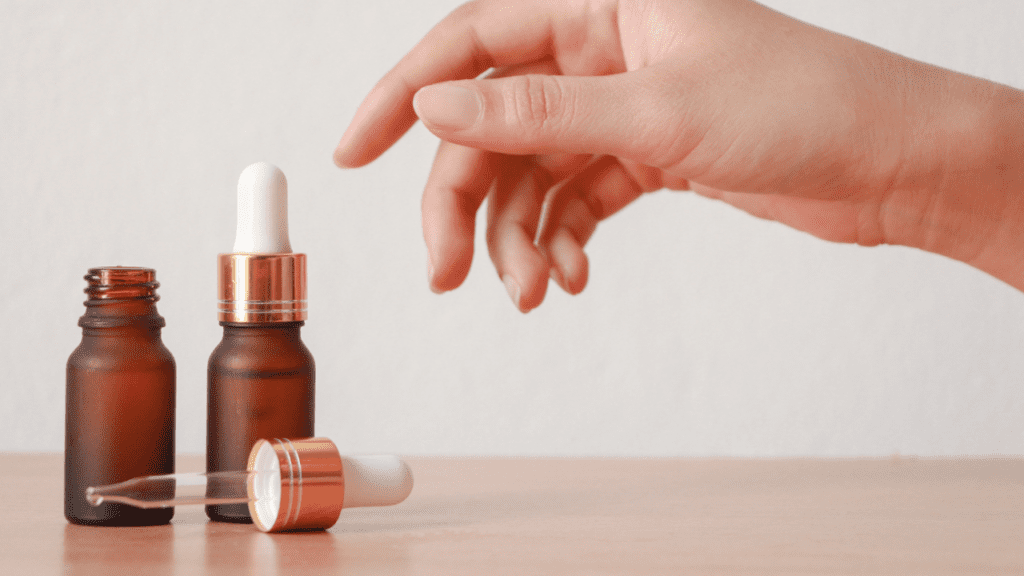
Once you’ve settled on a carrier oil, you may move on to deciding which essential oil to use. We’ve listed just a few of the various essential oils that can help your skin below.
Vitamin E
Because of its antioxidant properties, vitamin E oil is a fantastic ingredient in skincare products that aim to shield the skin from environmental aggressors like the sun. Not only is it a natural preservative that could extend the life of your lotion, but it also promotes cell regeneration, which results in younger, healthier skin.
Read MoreAll-Natural Honey Matcha Face Wash – Great For Sensitive Skin!
Lavender
The calming scent of lavender essential oil makes it a popular choice for relaxation, but its anti-inflammatory and moisturizing properties make it a great addition to skincare products. Reduce redness and keep skin hydrated with lavender, which does so without leaving a greasy behind.
Clary Sage
Use clary sage if you have oily skin. Clary sage’s linalyl acetate and geranyl, two of its active chemicals, can help regulate sebum production, which is the root cause of oily skin, as well as lessen the signs of aging and get rid of acne.
Types Of Lotions
Firstly, we have lotions and more lotions!
In a nutshell, there are two basic kinds of body lotion: those that are water-based (or aqueous) and those that are oil-based. Let’s compare and contrast the two in a hurry.
Water-base Vs. Oil-based Lotions

Water-based lotions are a specialized blend of oil and water, as the name implies. The oil-in-water emulsion is the fancy name for this concoction. This emulsion allows oil and water to combine and persist in a single substance.
There is a significant risk of mold and bacterium growth with water-based remedies. However, if you add a small amount of preservative to the recipe, the shelf life of your cream should be extended.
For instance, tea tree oil can be utilized as a preservative in essential oil lotions manufactured at home. Therefore, you won’t need additional preservatives if your recipe calls for such oil.
Lotions with a higher percentage of oil, often known as creams, contain tiny droplets of water mixed with the oil. In general, these moisturizers work best on dry or dehydrated skin.
Lotions with a higher oil content are richer and thicker and may aid in moisture retention because of this. However, those prone to acne may find that a water-based lotion works better because it does not block pores as easily.
Water-based solutions are more popular in warmer climates because of their airy, supple feel.
Now that you know the fundamental distinctions between water- and oil-based lotions, we can sail into the vast ocean of oil-based lotion-making.
How To Make Your Lotion
Making lotion is a breeze that requires only a few ingredients and a few minutes. Combine the 1/4 cup of coconut oil, 1/2 cup of liquid carrier oil, 1/4 cup of beeswax (to act as an emulsifier), and 2 tablespoons of shea butter (or coconut butter), if using, to begin making your small-batch lotion.
The next step is to put your glass bowl over the hot water. By doing so, you’ll have a double boiler, and the steam from the water may be used to melt and mix your ingredients without scorching them. Keep stirring at regular intervals to ensure a smooth and even melting and blending of all ingredients.
All that’s left to do is drop in some aromatic oils. Put about ten to twenty drops of the oil you want to use. If you want to get the most out of your essential oils for your skin, don’t be afraid to mix and match. There is room for experimentation in the lotion formula, as you can use up to three different oils per batch. And that’s the end of it! Fill a glass jar or lotion pump container with your lotion’s liquid. Once the hand lotion has cooled and solidified, you can begin using it.
DIY versions of lotion bars, conditioners, and lip balms can all be made with the same techniques. It’s as simple as adjusting the proportions. There are several guides available online that can be of use.
How to Apply Your Homemade Lotion

You only need a small amount because this lotion is so thick and emollient. Rub a little bit into your hands, face, neck, arms, and legs daily. This lotion doesn’t need to be kept in the fridge because it contains no perishable components. The optimal storage period is around six months.
Making your lotion at home is cheaper and more convenient because you can tailor it to your specific needs. Likely, you already possess most of the required materials in your home. Please browse our selection of diffusers and learn more about the many health, wellness, and beauty advantages of essential oils by exploring the rest of our site.
Preserving Your Lotion
Although homemade lotions have a lot of visual appeals, they need to be preserved because they spoil quickly.
Avoiding microbial development and oxidation are two factors to think about when storing your lotion.
Microbial growth
The term “microbial proliferation” describes pollution caused by microorganisms like bacteria and mold. Unfortunately, mold and bacteria are hardy and ubiquitous, particularly in the air.
However, germs and mold can still develop after a few weeks, so refrigeration isn’t a foolproof method.
While synthetic preservatives like parabens are commonly used in commercial lotions, we advise opting for a natural alternative.
Natural preservatives like Leucidal and Rokonsa are available, which is great. You can keep your lotion fresh for a long time by adding one of these natural preservatives. These preservatives also cause minimal to no skin discomfort.
To avoid any unwanted effects, use the preservative exactly as directed. These natural preservatives often need only 1% of the entire volume to be effective.
Oxidation
Oxidation: what does it mean? This is a shorthand term for the chemical breakdown that occurs when volatile substances like essential oils are exposed to air.
Adding Vitamin E or tocopherol to your essential oil lotion is the best strategy to reduce the risk of oxidation. You may keep your lotion fresh for a longer period without adding any artificial preservatives by using 95% blended Tocopherols.
Read More:All-Natural Honey Matcha Face Wash – Great For Sensitive Skin!
Conclusion
Making your lotion at home is cheaper and more convenient because you can tailor it to your specific needs. You already have much of what you need at home.
